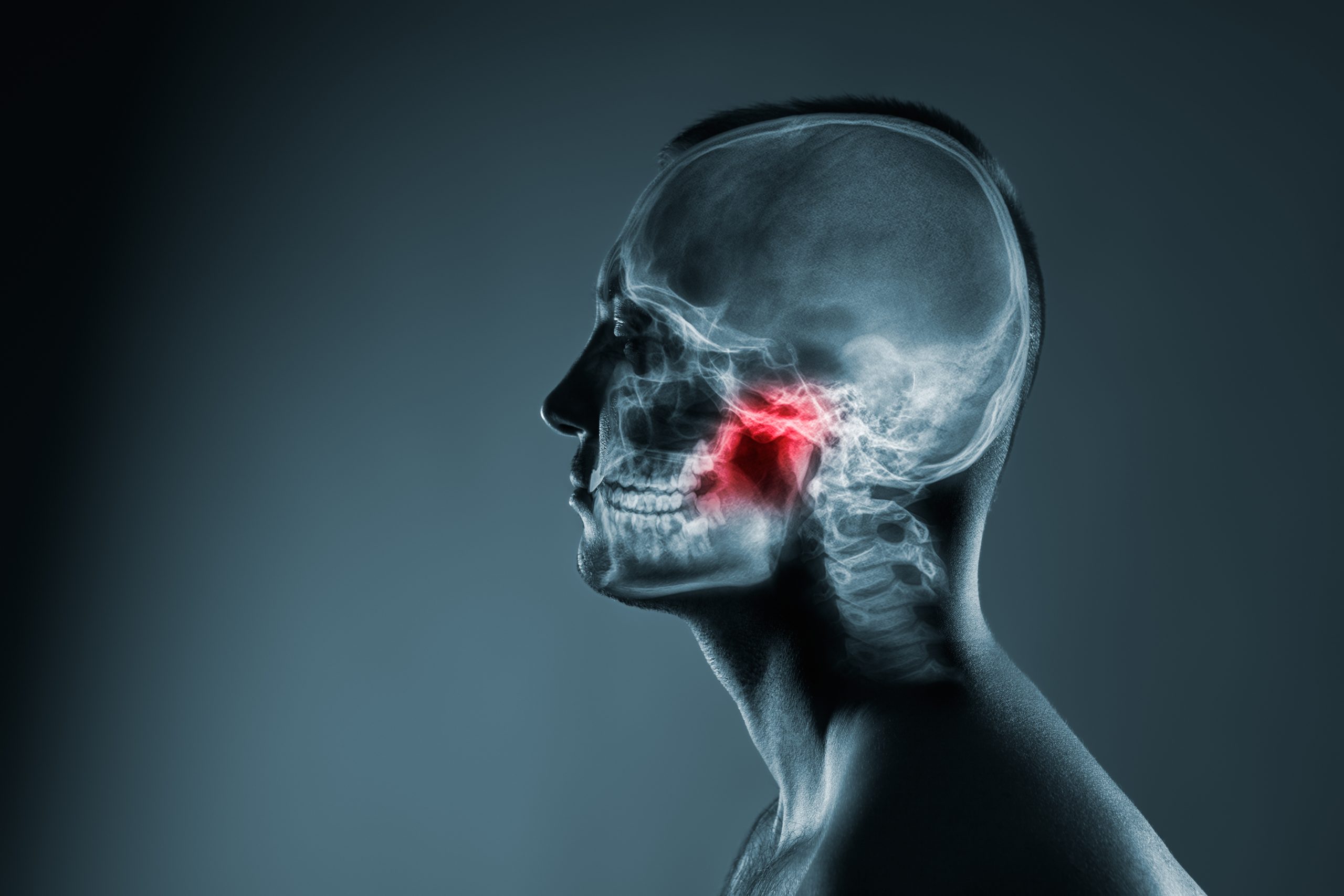
Jaw Pain & Whiplash
Trauma from motor vehicle crashes can occur anywhere in the body. One of the more overlooked areas is the jaw and the face. In a recent paper by Bothun et al (2023), the authors reported, “Pain in the orofacial region is often reported after whiplash trauma.” (pg 1)
Examination of the entire patient guided by their subjective complaints, pain patterns and mechanism of injury is the best practices approach to identifying bodily injury post trauma. The paper continues by stating, “The aim of the present study was to evaluate clinical signs related to pain and dysfunction in orofacial and neck regions after whiplash trauma, in a short- and long-term perspective” (pg 1)
It is important to identify those cases that can progress to chronic pain early on in care. Early diagnosis and management have been shown to help reduce long term pain syndromes post trauma. “Studies on orofacial pain in whiplash populations in the transition from acute to chronic stage are rare. Furthermore, most studies concerning orofacial pain in whiplash populations have been questionnaire studies.” (pg 2)
The authors continue on by stating, “Individuals with a whiplash trauma present a higher risk for pain on palpation in jaw and neck muscles both in a short- and long-term perspective but show normal jaw movements. Furthermore, women in general have a higher risk for clinical signs related to orofacial and neck pain.” (pg 9) Identification of potential injured areas is a critical part of the examination process and will help with specialist referral and clinical documentation.
Persistent pain syndromes in the jaw and face and result in continued dysfunction long term. The paper continues by outlining, “With no significant changes in clinical signs with time for jaw function, orofacial pain or neck pain, cases do not spontaneously improve nor get worse with time. This highlights the need of investigating pain on palpation in jaw and neck muscles in the early stages after whiplash trauma to identify individuals at risk of developing long lasting pain in the orofacial region.” (pg2)
In conclusion, the author suggested, “We recommend that whiplash patients should be screened for jaw pain in close connection to trauma to facilitate an adequate multidisciplinary treatment.” (pg 9)
Reference:
1: Böthun, A., Häggman‐Henrikson, B., Stålnacke, B. M., Wänman, A., Nordh, E., Lampa, E., & Hellström, F. (2023). Clinical Signs in the Jaw and Neck Region Following Whiplash Trauma–a 2‐year follow‐up. European journal of pain.
Share an Editable Copy
Share with your community once you’ve edited for your community.
LATEST POSTS
Communication for Growth
https://nationalspinemanagement.wistia.com/medias/2x403v2rx6?embedType=async&seo=false&videoFoam=true&videoWidth=360Cont...
A HUB for Stability
https://nationalspinemanagement.wistia.com/medias/1ojni8z7wg?embedType=async&seo=false&videoFoam=true&videoWidth=360Cont...
Find a Lawyer with Narrative
https://nationalspinemanagement.wistia.com/medias/jpw2mocx6x?embedType=async&seo=false&videoFoam=true&videoWidth=360Cont...






0 Comments